Japan’s public transport is famously efficient, and also famously confusing if it’s your first time here.
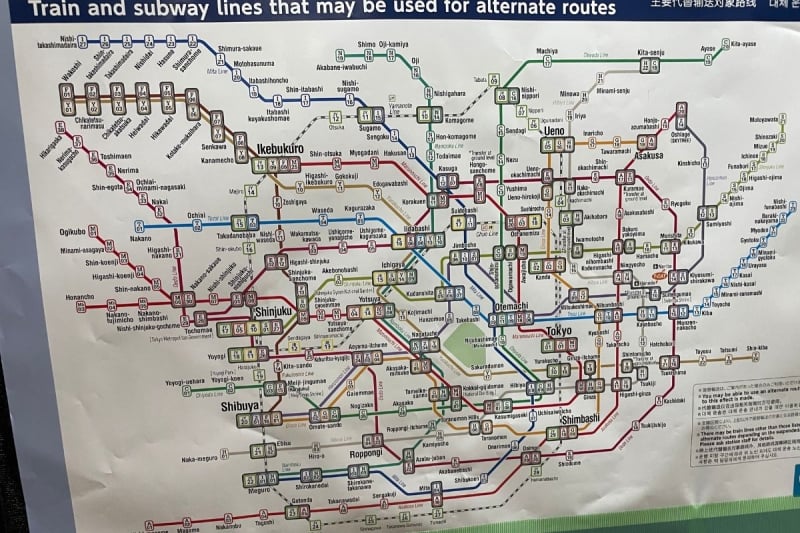
Image Credit: Ng Wan Xin
You’re probably going to ride the Shinkansen (Japan’s high-speed railway) at some point, so this is for the people who Google things like “do I need to reserve a seat” five minutes before departure. Here’s a quick cheat sheet to help you avoid any faux pas, fines, and unnecessary stress.
Also read: 5 Useful Services at Tokyo Station for Convenient Travel
Hack 1: Book online or use a rail pass; don’t buy last-minute
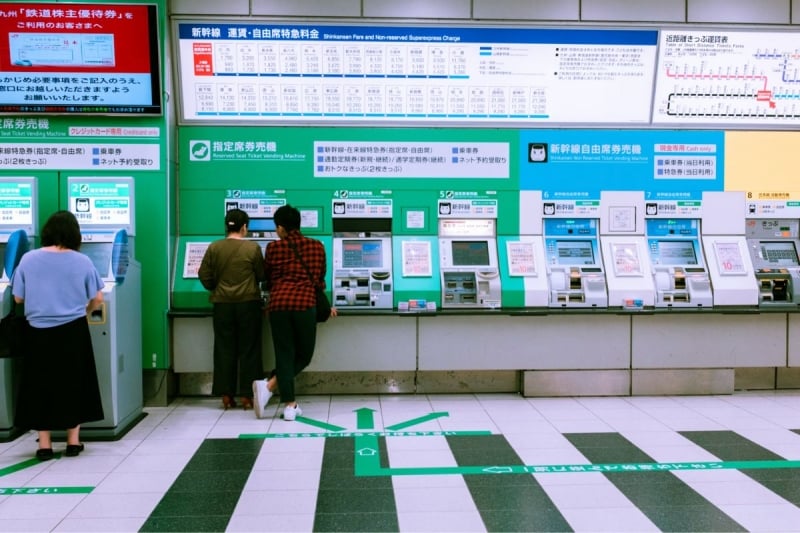
Image Credit: Christian Chen | Unsplash
Buy tickets in advance via platforms like SmartEX (Tokaido/Sanyo/Kyushu) or JR East Reservation. This saves you the stress of queuing at the station and ensures you get your preferred seat.
If you have a Japan Rail Pass, you can reserve your seats for free at any JR counter or ticket machine.
Tip: Rail passes cover all Shinkansen lines except Nozomi and Mizuho (the fastest ones), so double-check your train.
Also read: 7 Top Things to Do in Nara, Japan: A Guide for Singaporeans
Hack 2: Reserved vs Non-Reserved?
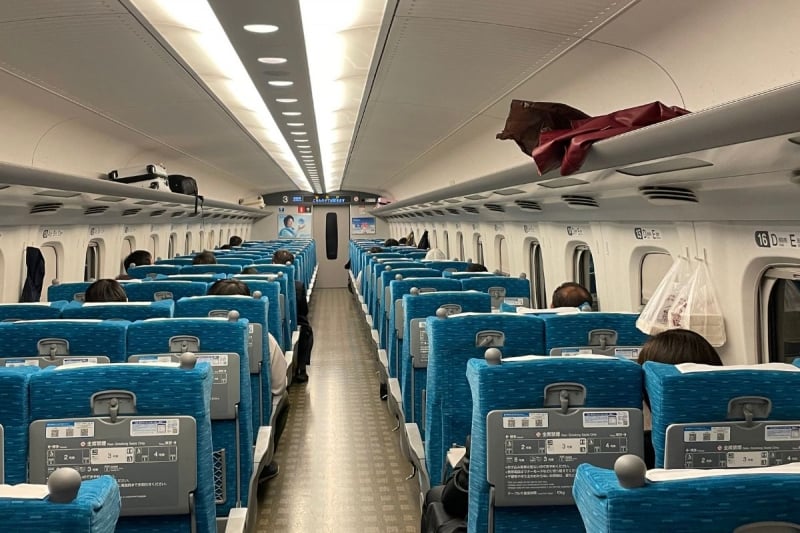
Image Credit: Ng Wan Xin
Shinkansen trains usually have two types of seating: reserved and non-reserved.
- Reserved seats (指定席): You pick your exact seat in advance. It guarantees you a seat and is great if you’re travelling in a group, want to sit by the window, or just prefer peace of mind (especially during peak seasons).
- Non-reserved seats (自由席): First come, first served. You don’t get an assigned seat, so you just board the non-reserved cars and grab any empty one. If the train’s full, you might have to stand or split up from your group.
I’d definitely recommend getting reserved seats for longer rides. It’s worth the small fee to not worry about seat-hunting while juggling your luggage. Most trains have clearly marked cars, so just check the signs on the platform or overhead displays to see which car numbers are reserved vs non-reserved.
Also read: New Suica Mobile App for iOS: A Must-Have for Singaporeans Travelling to Japan
Hack 3: Skip Green or Gran Class
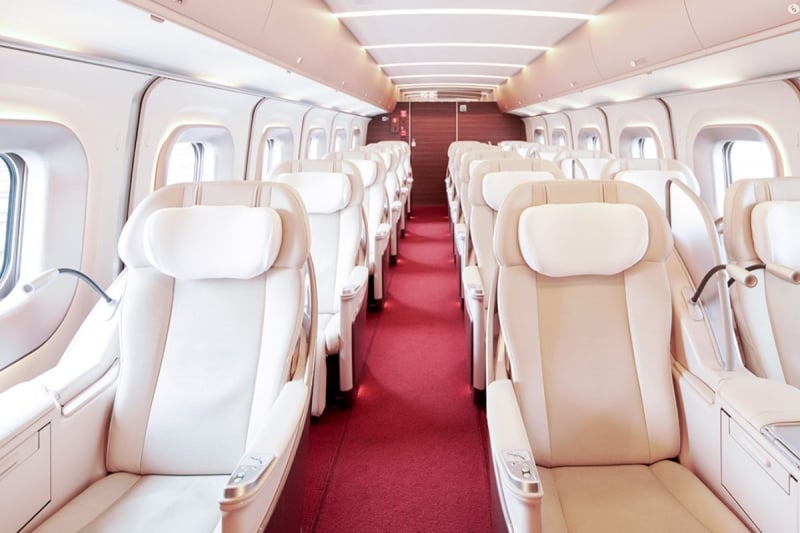
Image Credit: JR East Official Website
What’s the difference, you say? Green Car is similar to business class, offering spacious seats, fewer crowds, and extra comfort, while Gran Class is the luxury option with even more perks. It’s only available on select routes like the Tohoku and Hokuriku Shinkansen.
Most travellers are more than comfortable in Ordinary class, which already comes with wide, forward-facing seats and plenty of legroom. So, unless you have disposable income, I’d recommend just going for Ordinary class.
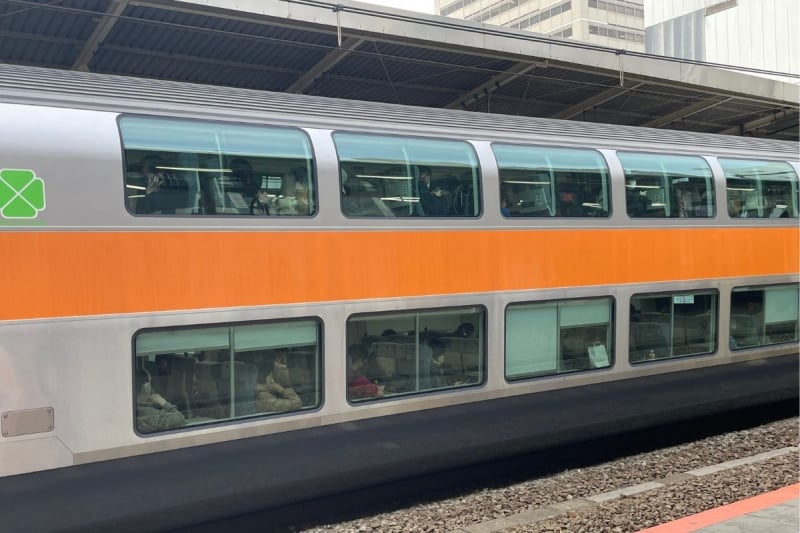
Image Credit: Ng Wan Xin
You know it’s a Green Class with the green insignia on the carriage. Just don’t be like me and remember that you can’t enter a Green Class without any reservation. I once did because I thought it looked more comfortable. Alas, in life, if things look too good to be true there’s usually always a catch. (Let’s just say it ended with me getting escorted out after being subjected to very intense — yet weirdly polite —death glares.)
Hack 4: Don’t bring oversized luggage without a seat reservation
Ah, I didn’t know this one as well the first time I took the Shinkansen. If your suitcase adds up to more than 160cm (height + width + depth), you’ll need to reserve a special seat near the luggage area, or risk a ¥1,000 fine and getting your bag moved by staff.
Hack 5: There are two sets of ticket gates
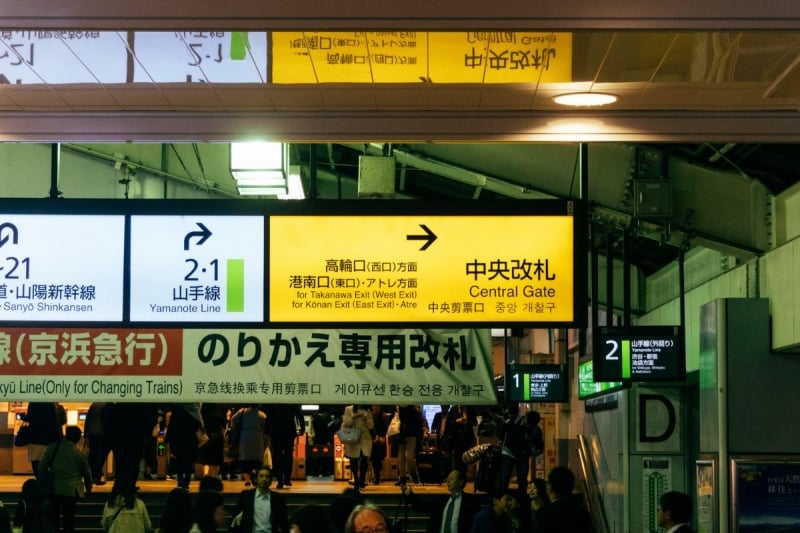
Image Credit: Jackie Alexander | Unsplash
Most stations have both general ticket gates (where you insert your base fare ticket), and Shinkansen-specific gates (where you insert both the base fare + express ticket.) To make things simple, just follow the signs for “Shinkansen“. They’re clearly marked in English.
Hack 6: Want to see Mt Fuji? Sit on the Right
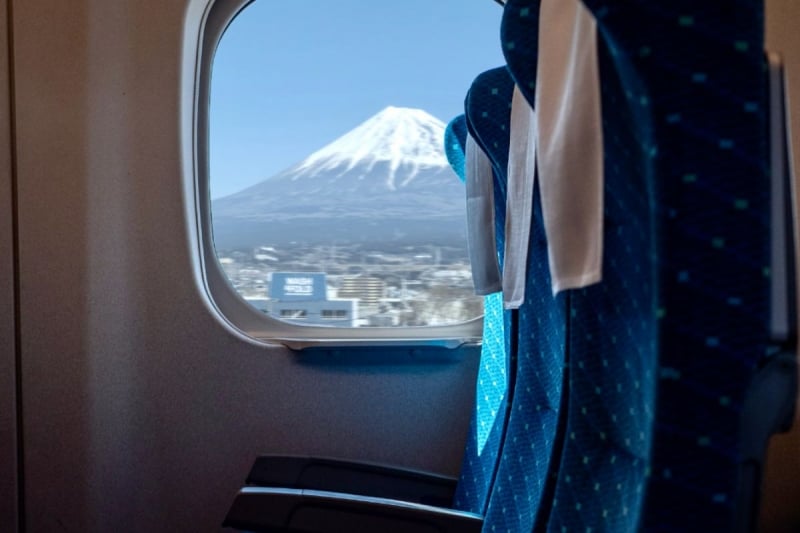
Image Credit: Robin Inizan | Unsplash
If you’re travelling from Tokyo to Kyoto/Osaka, book a window seat on the right side of the train (seats E in Ordinary class). That’ll guarantee you a view of Mount Fuji — unless it’s cloudy, of course. (Guess why you’re not seeing my photo of it here.)
Hack 7: Bring your own bento (and take your trash)
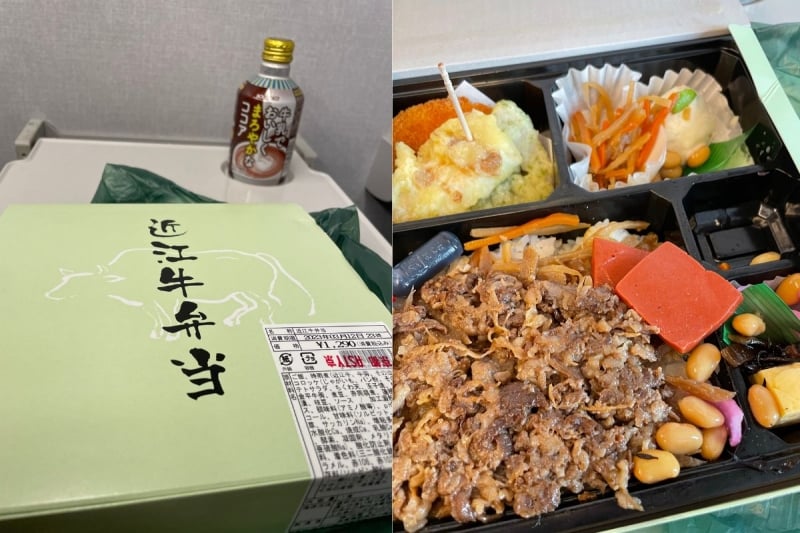
Image Credit: Ng Wan Xin
Most Shinkansen rides are long enough for a meal or snack. While some trains still have food carts, they’re becoming rare, so grab a bento box from the station before boarding. There are plenty of stalls at the station where you can buy bentos.
And of course, don’t leave trash behind. There are bins onboard or in the station.
Hack 8: Follow Shinkansen manners like a local
Just a few simple rules. Remember to keep your phone on silent and take calls only in designated areas (there will be signs on board). Line up neatly at the platform and don’t elbow people. Recline your seat gently and return it upright before exiting, and don’t block the aisle with bags.
Also read: Souvenirs to Buy in Tokyo: Sweet Snacks Worth Bringing Home From Japan
Bonus hack: Should you get a Rail Pass?
There’s a common assumption that if you’re taking the Shinkansen, you should just get a Japan Rail Pass. But since the price hike in late 2023 (a jump of about 69%) it’s not necessarily the cheapest option anymore. The 7-day nationwide pass now costs around ¥50,000 (about S$440), so it only really makes sense if you’re planning to travel across multiple cities within that period.
If you’re only doing a one-way or round trip between two cities, buying individual tickets might actually work out cheaper.
That said, the pass can still be useful for travellers who prefer flexibility. Also, note that if you’re staying within a specific region, there are cheaper alternatives like the JR East, JR West, or JR Kyushu passes, which still cover Shinkansen routes but cost much less than the national one.
So yeah, don’t just buy the pass because everyone says you should. Do the math based on your itinerary and route!
Final Tip: Don’t stress, just enjoy yourself!
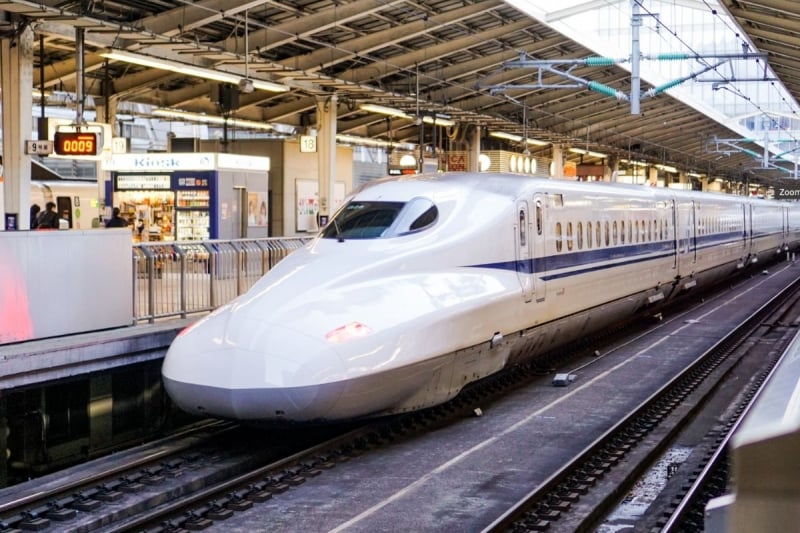
Image Credit: Fikri Rasyid | Unsplash
Japan’s Shinkansen is one of the most efficient transport systems in the world! It’s famous for its punctuality, cleanliness, and smooth rides (if you hold a mug of water you’ll see there’s barely a ripple). Once you’re seated, the hard part is over so you can just enjoy zooming past Japan’s countryside at 320 km/h (200 mph).




